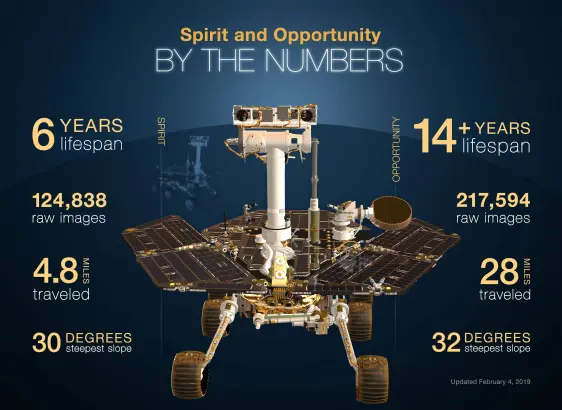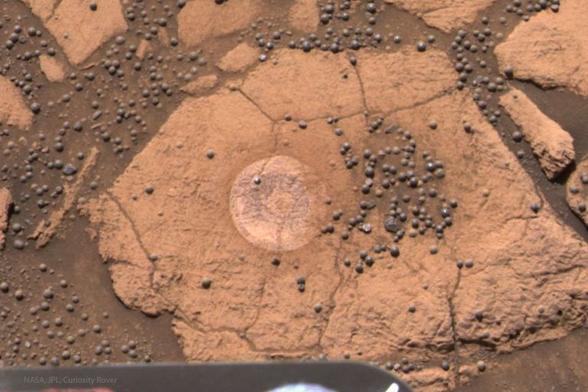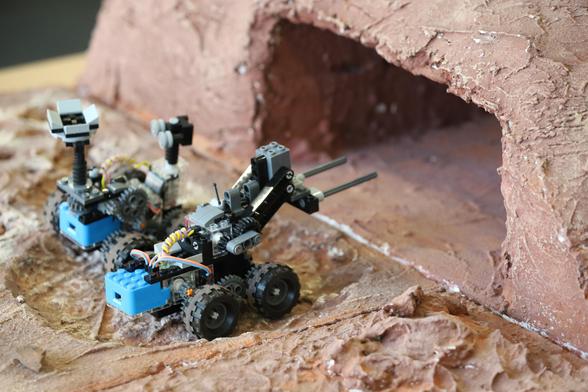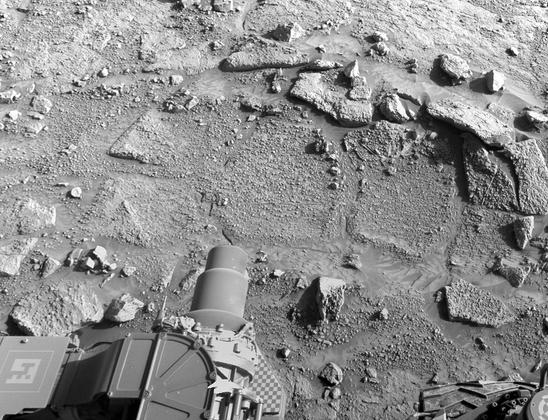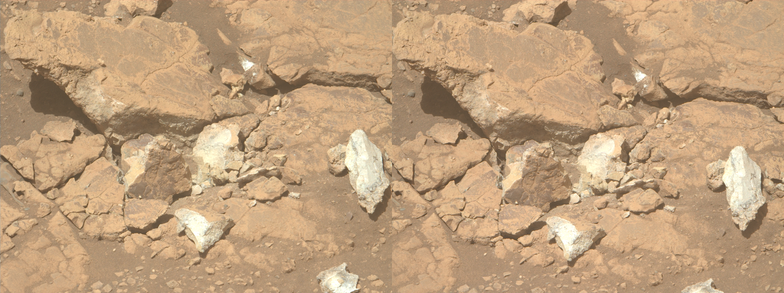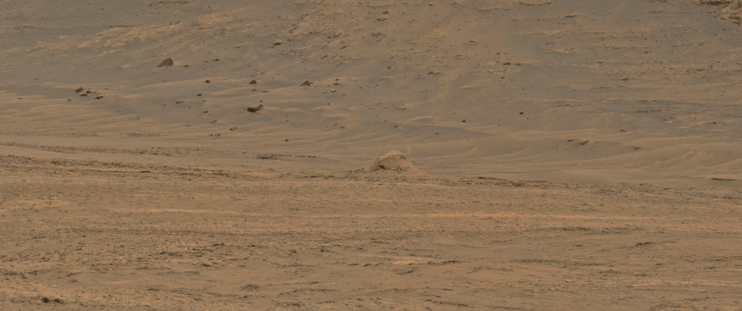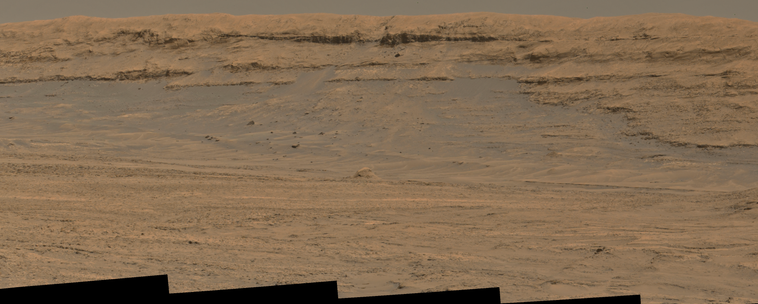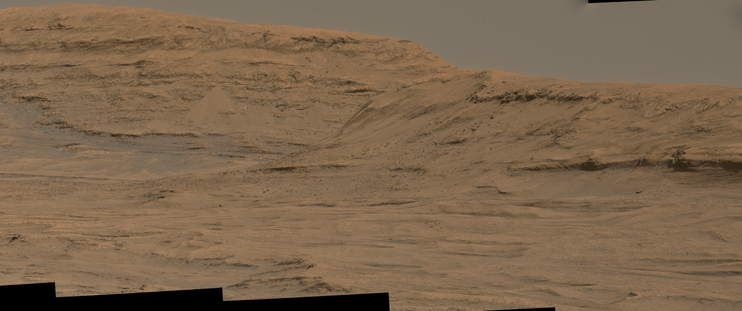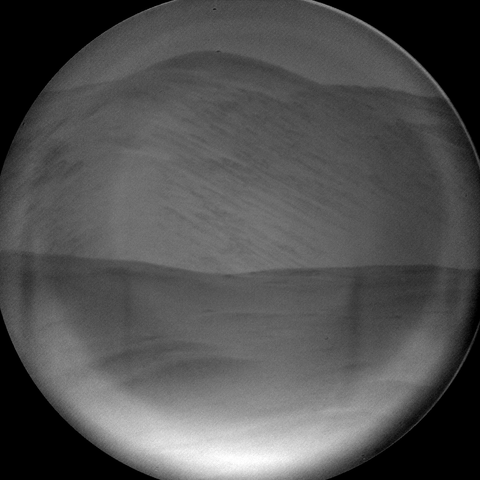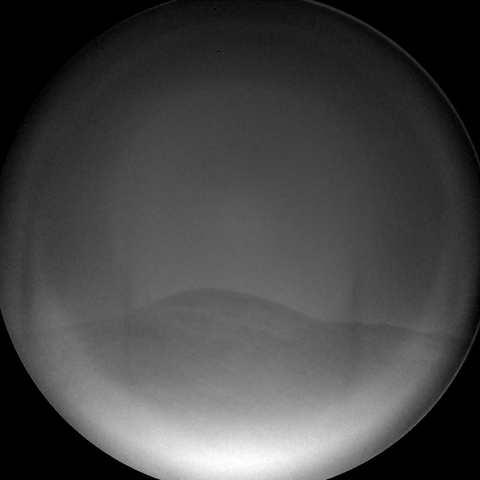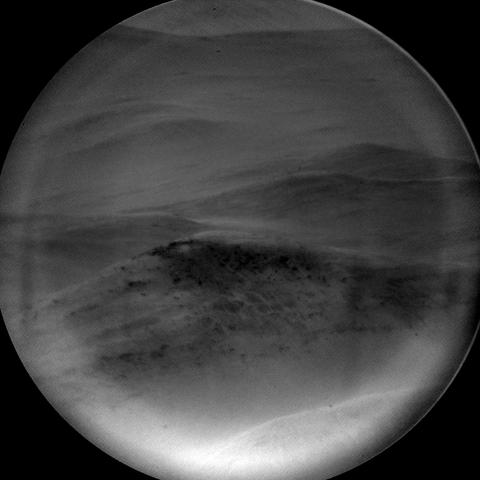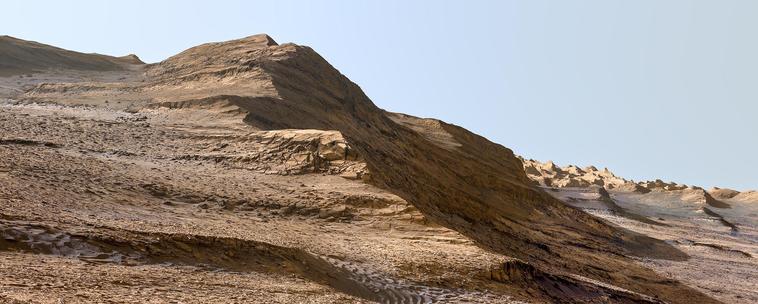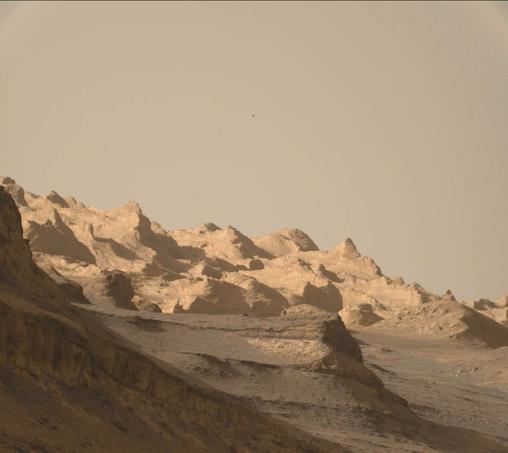Mars Exploration Rovers: Spirit and Opportunity
* Occurred 6 years ago
NASA’s Spirit and Opportunity rovers were identical twin robots that helped rewrite our understanding of the early history of Mars.
Landing Sites
The rovers were targeted to land at sites on opposite sides of Mars that looked as though they were affected by liquid water in the past. Spirit landed at Gusev Crater, a possible former lake in a giant impact crater. Opportunity landed at Meridiani Planum, a place where mineral deposits suggested that Mars had a wet history.
Mars Exploration Rovers In Depth
Rover Basics:
Each robotic explorer sent to the Red Planet has its own unique capabilities driven by science. Many attributes of a rover take on human-like features, such as “heads,” and “bodies.”
https://science.nasa.gov/planetary-science/programs/mars-exploration/rover-basics/
Objectives:
New knowledge from the twin rovers uniquely contributed to meeting the four overarching goals of the Mars Exploration Program, while complementing data gathered through other Mars missions.
https://science.nasa.gov/mission/mars-exploration-rovers-spirit-and-opportunity/science-objectives/
Science:
By studying the rock record, Spirit and Opportunity confirmed that water was long standing on the surface of Mars in ancient times.
https://science.nasa.gov/mission/mars-exploration-rovers-spirit-and-opportunity/science-highlights/
Resources:
Visit the one-stop-shop for all Spirit and Opportunity multimedia.
https://science.nasa.gov/mars/resources/?search=spirit+opportunity
This infographic highlights NASA’s twin robot geologists, the Mars Exploration Rovers (MER) Spirit and Opportunity. The rovers landed on the Red Planet in 2004, in search of answers about the history of water on Mars. Spirit concluded its mishttps://science.nasa.gov/mission/mars-exploration-rovers-spirit-and-opportunity/sion in 2010. Opportunity last communicated with Earth on June 10, 2018, as a planet-wide dust storm blanketed the solar-powered rover's location on Mars.
Credit:
NASA/JPL-Caltech
https://science.nasa.gov/mission/mars-exploration-rovers-spirit-and-opportunity/
#space #mars #rover #astrophotography #photography #science #astronomy #NASA



